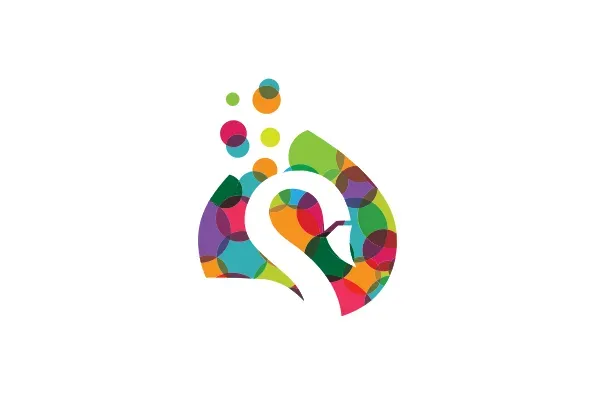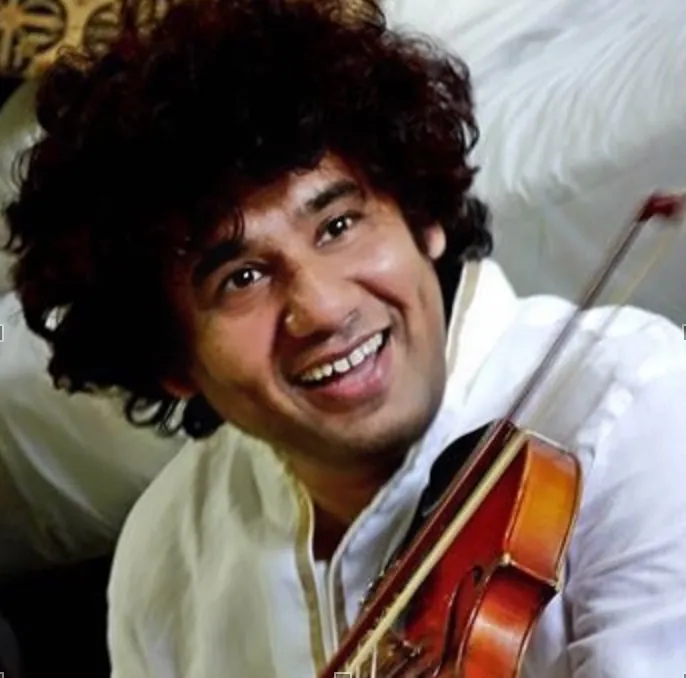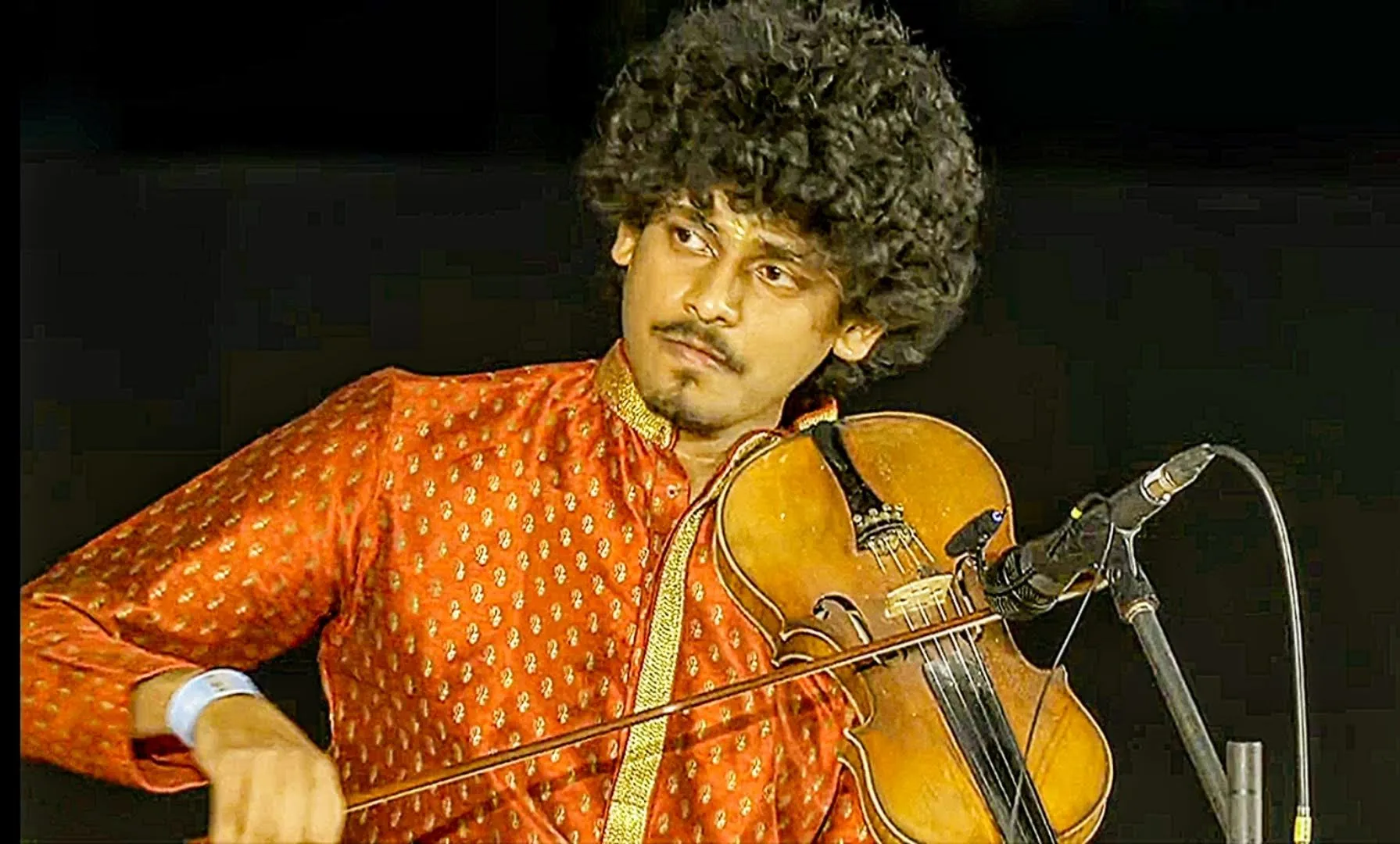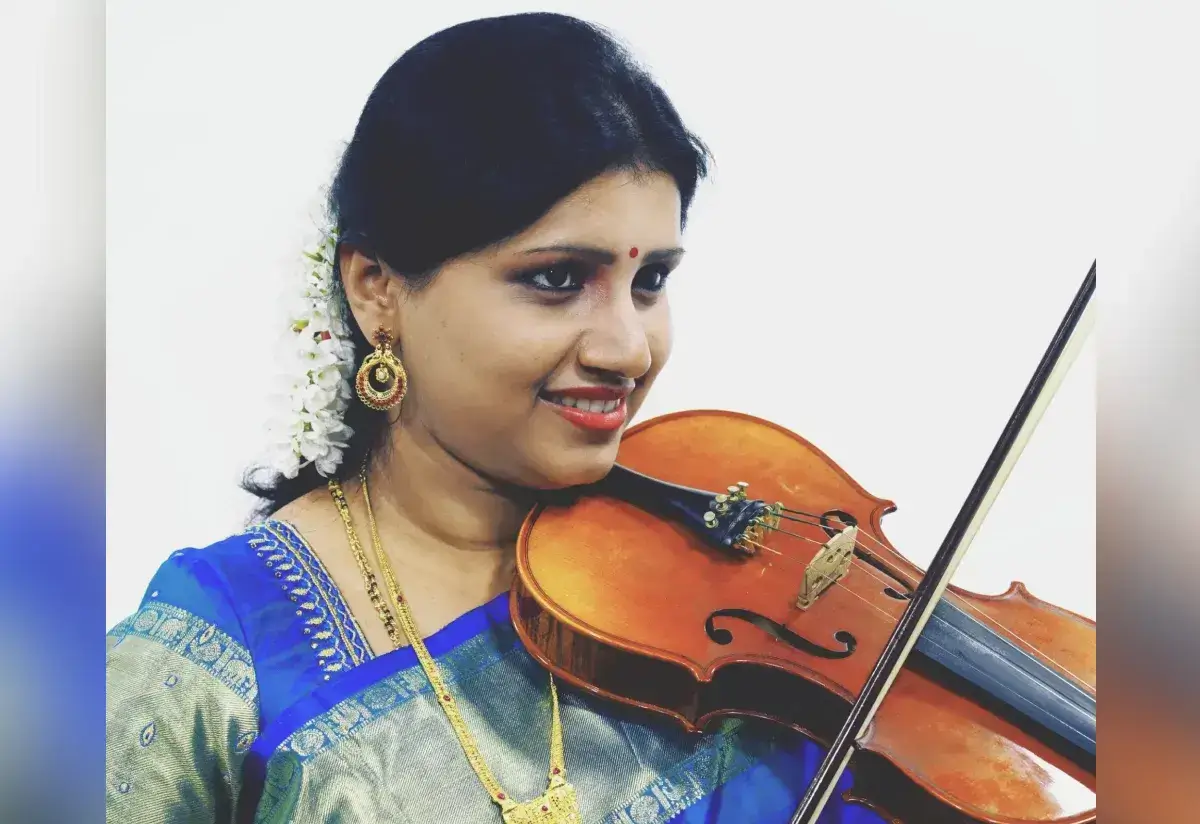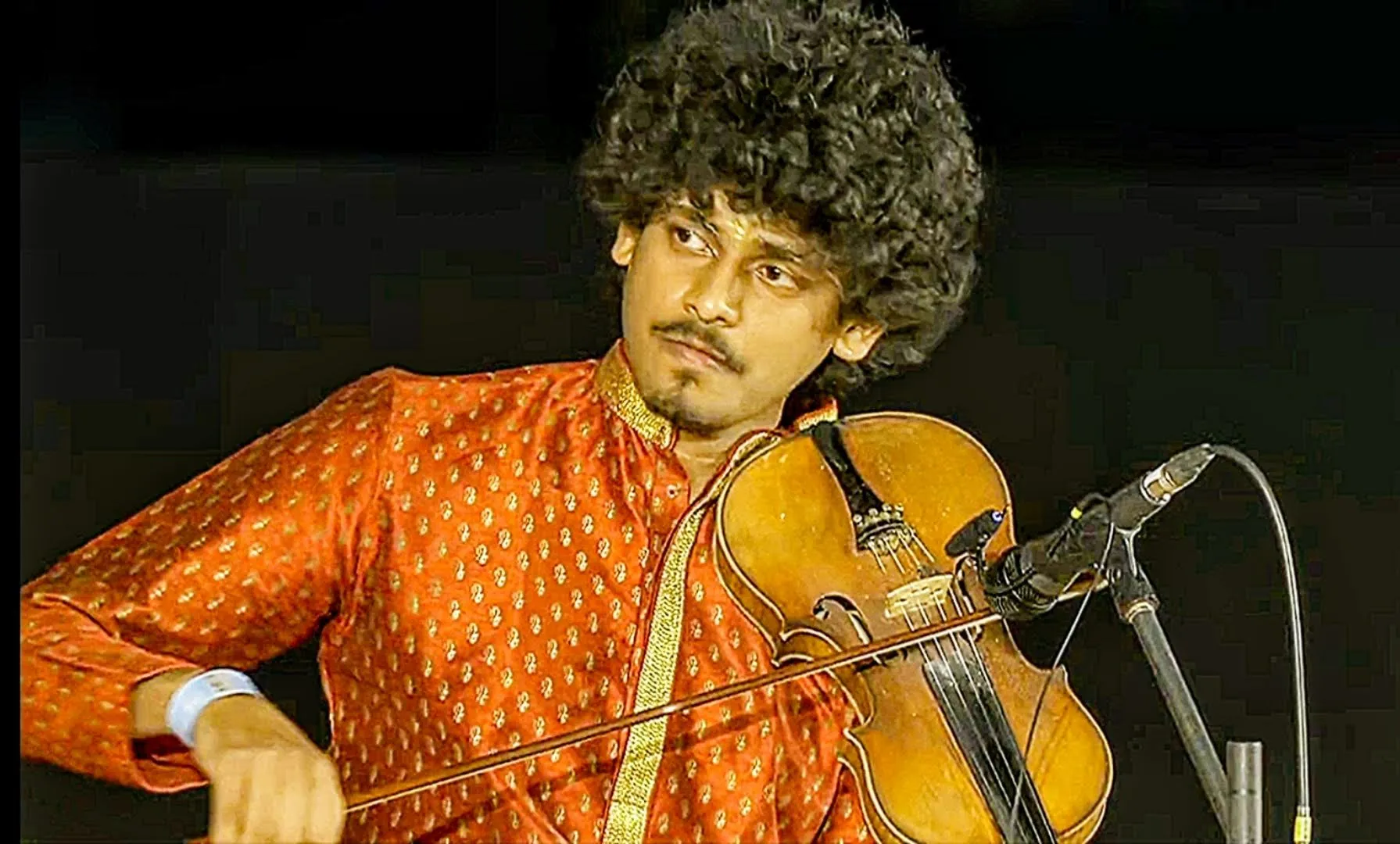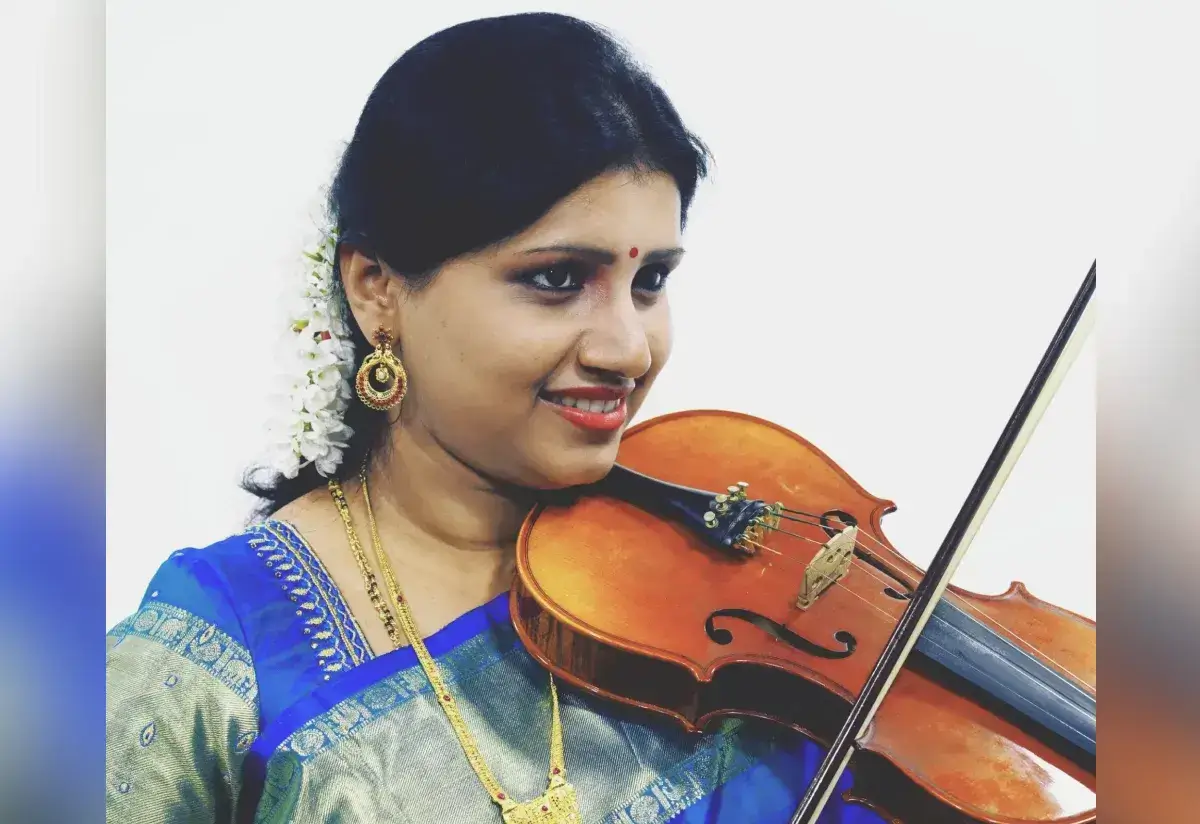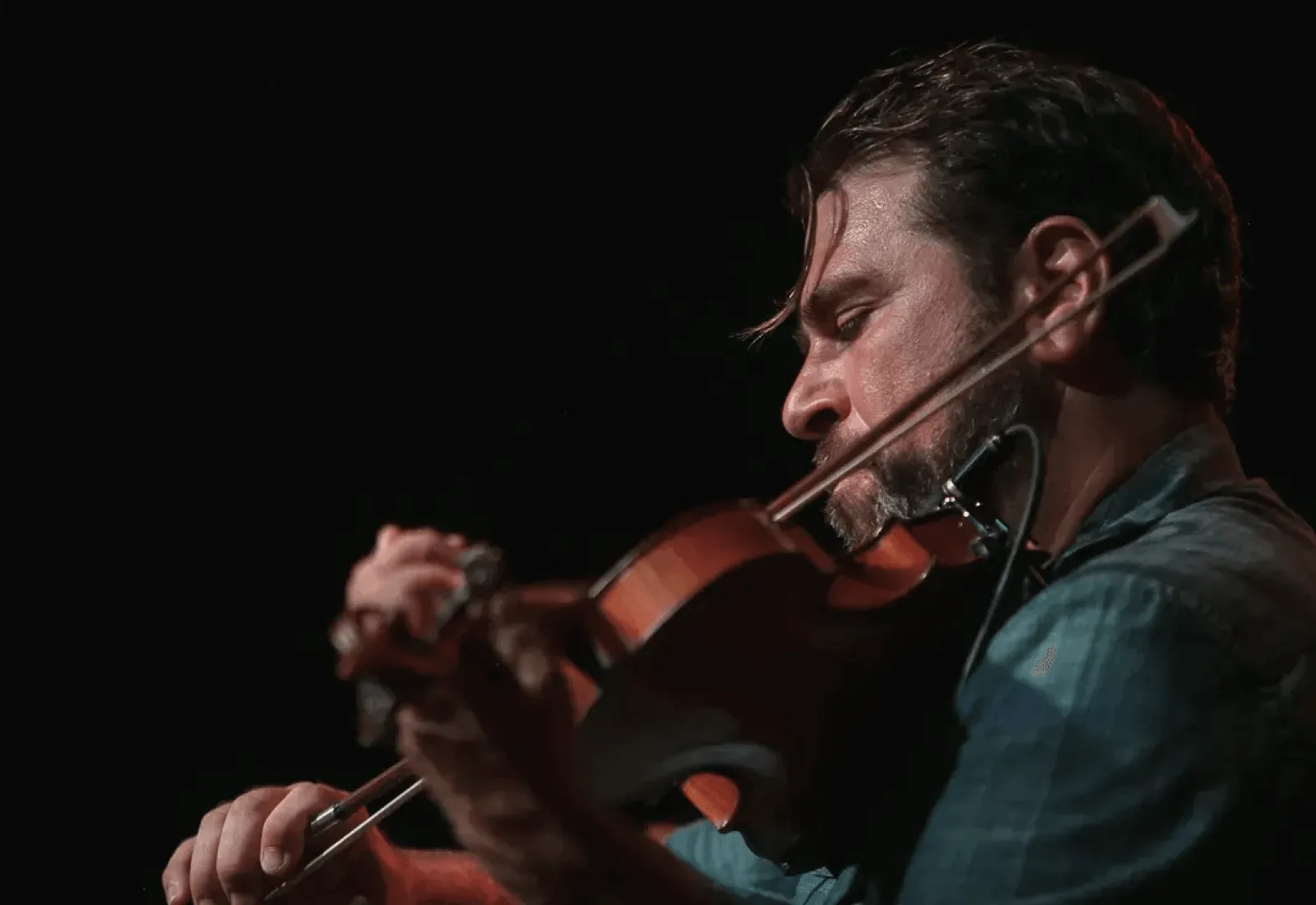Is Violin Hard To Learn?
The sound of the violin is deep, voluminous, heart-wrenching, a little playful now and sombre just a moment later, and much more than words can express.
Violin can rake myriads of emotions.
It is truly inspiring to think of the power that a violin player enjoys when he/ she supports the violin with one arm and swipes the bow over the strings with the other hand.
Violinists have the power to mesmerize, energize, inspire and even heal the people they are playing the music for.
Because, that is the impact that good music creates through the violin.
Every new violin player has this particular picture in mind when they sign up for a violin class as an absolute beginner.
However, for the first time when you pull the bow over the string, the sound that comes out is far from what it originally should be.
You pull again - only to be further disappointed.
Then you look up to your teacher for help and he/she gladly guides you to your beginner lessons.
But still as you try to play, the sound comes out to be very shrill and completely out of tune. And that can make your heart sink in further disappointment. It makes you ponder -” is violin hard to learn? Did I make a wrong decision by choosing to play violin?”
At ipassio, through the violin lessons taken by thousands before you, reader, we can assure you that this is the first phase itself.
It is common for every new learner to experience this at the very beginning of their journey.
Yes. Violin is considered to be one of the hardest instruments to play. However, there are ways to break the ice with your violin.
The initial learning phase is marked with several mistakes that get rectified with proper guidance and regular practice.
In this article, we will try to answer this pertinent question that punctures the motivation of most violin learners - ‘is violin hard to learn?’
To overcome challenges, you should know them first. Only then will you be able to find a way to counter them.
So here we go… discussing the different ways to avoid the beginners' challenges -
Be prepared, as the Violin is a new instrument for you
Violins are portable enough in comparison to most instruments and they also have an elegant shape. You can also go on to go through this Violin Beginner's Guide For First-Timers.
Furthermore, depending on the quality of the wood, the richness of the timber may also be very refined.
However, in contrast to a more popular string instrument, Guitar, it requires some more perseverance to warm up to a violin.
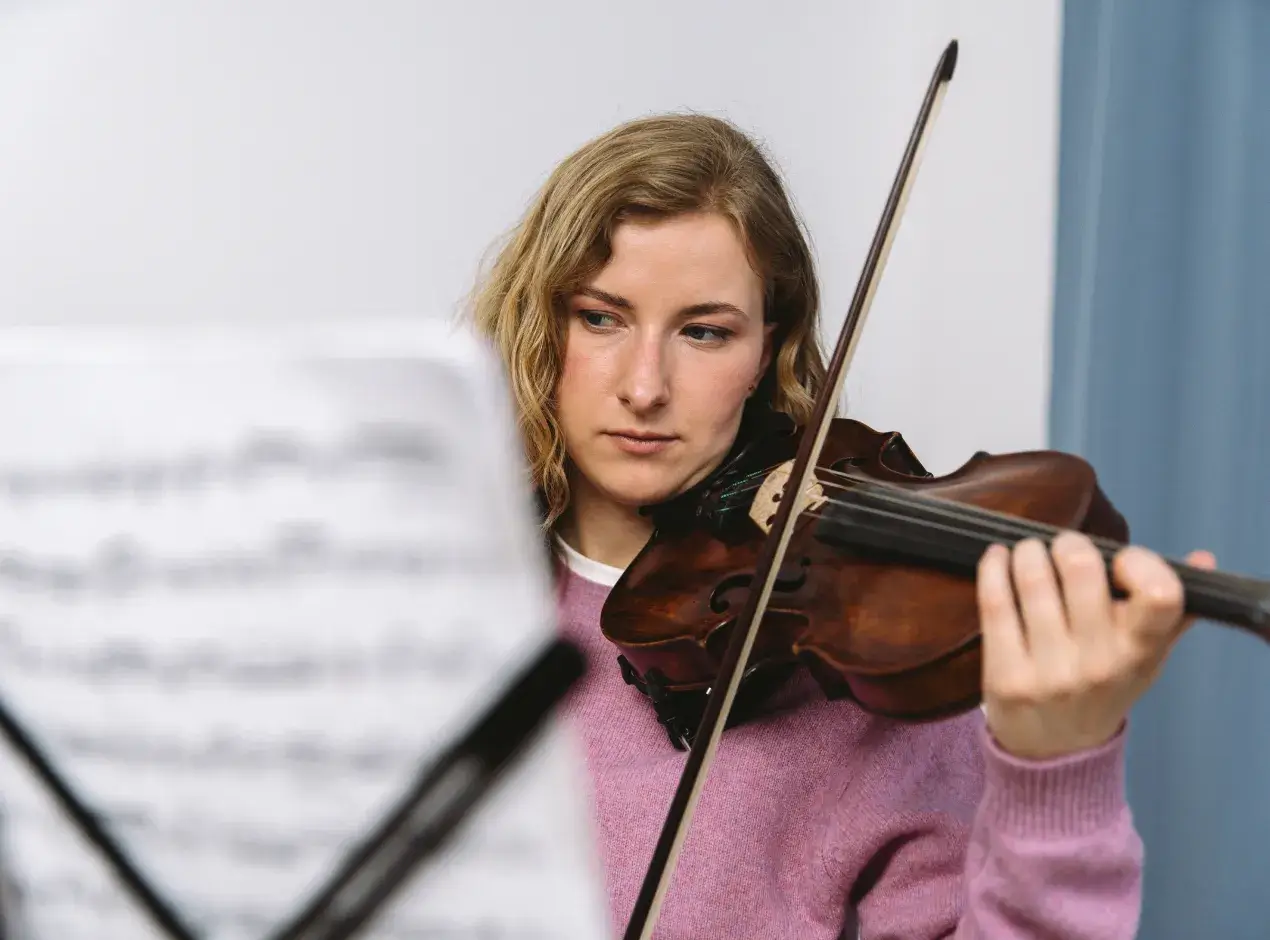
No frets in Violins - despite it being a stringed instrument
String instruments like guitars usually have metallic bars or ridges right underneath the strings. These ridges are called fret bars.
The strings are pressed on them to play different notes. The fret is the space between the fret bars.
One predicament in the case of the violin is that there are no frets to space the strings out, it becomes very obvious for inexperienced hands to play the wrong notes.
Frets help the fingers to find the notes that you want to play. This is one of the features that make violins slightly difficult in comparison to play.
Teachers attach tapes on the fingerboard to help beginners find the right notes. It helps them to memorize the notes.
Keep engaging your body, avoid being idle
If not having frets was not enough, the violin also makes it physically challenging.
You have to engage your chin to keep the instrument stable on your left arm, using your fingers of the same hand to manage the strings, and holding the bow on the other.
It works up both your wrists and all the fingers completely engaged. This is a significant deterrent that makes violin hard to learn.
It certainly takes time, practice, and patience to get used to the upright posture in the first place and keep your arms, fingers and wrists engaged throughout the practice session.
New learners should be aware of this before they decide to learn violin.
Know your motivation behind learning violin
Most parents introduce the sound of the violin to their infants through the lullabies of Mozart.
It is believed to aid the mental, emotional, and physical development of babies.
In the later stage, the violin is introduced to kids aged 7-9 years. The aim is to make the stimulating vibrations of the violin a part of their lives.
Even though the kids might not become professional violinists, the virtues of its timber and the melodies will keep them replenished all through their lives.
Violin can be picked up by anybody irrespective of age or background as long as you are willing to put in the hard work it requires.
How to avoid getting off-tune at the start
One way to deal with difficulties is to know them. One of the major challenges beginners face is - playing the instrument in tune or getting the right intonation.
When it comes to intonation, one thumb rule that applies to all genres of instrumental and vocal music is to get your ears ready for music.
If you can differentiate between the right and the wrong tune just by listening to the music, learning to play music will certainly be an uphill task.
That does not mean that you can never learn or play violin. But, you have to put in longer hours listening to musical pieces played on violin and also put practice a lot more.
Here is something parents can do to help in this situation. Do not limit the kids’ exposure to Mozart to just lullabies.
If you want the kid to learn violin in their growing years, make its sound a part of their lives. Also, do not limit the playlist to Mozart.
Create your own Violin Playlist for further inspiration
Explore other violinists such as Vanessa Mae. The 43 years old Singaporean violinists made it to the Guinness Book of World records at the age of 13 for having recorded Beethoven and Tchaikovsky.
Such examples will also motivate young learners to learn violin.
Also, consider Dylan Hamme who set the streets of New York ablaze at the tender age of 11 and Joshua Bell to become a part of your kids ecosystem.
However, this is not just limited to young kids. Even adults should make musical pieces played on violin to be a part of their daily lives.
Make a ritual to listen to the violin when you are driving to work, doing meditation, cooking or doing chores or during bedtime.
Other violin players that you should listen to include - George Enescu, Fritz Kreisler, and Jascha Heifetz among veterans, and Nicola Benedetti and Sara Chang among the contemporary.
The Best Playlist - Recordings of your own learning session
Even though the above violin players are celebrated for their prowess over the instrument, the best way to get each tune inscribed in your system is to record your teacher’s rendition when he/ she teaches you.
If possible, record the entire session and play along with it while practicing. It will help you to pick up the nuances faster and better.
A professional performance can be motivating at a certain level. It may also help you improve your intonation.
But, music involves a lot of creativity. And to execute your creativity, you have to get your grammar right. Recording your teacher as he/ she plays the violin will help you in this regard.
A Dedicated hour of Practice is the right way to begin
If you have worked enough to get your ears ready, the only other way to get your intonation right - is to practice.
Be attentive to the notes when your teacher is playing them.
Be consistent, dedicated and patient in hearing them out and playing them over and over again till you get them right.
Pick the right violin for your learning level
How easy or difficult it is to play the violin entirely depends on the quality of the instrument.
A good quality violin will be easy to play. But it will not be cheap. As per experts’ advice, you should pick your instrument with a lot of care. Get a good one even though it costs a little more.
Learn all about Bowing and how to maintain your bow
What you do with your right hand fingers on a guitar ( a relatively less intimidating and easy string counterpart of violin), you use a bow for the violin.
The good quality bow adds to the richness of the sound. It even helps a substandard instrument sound good.
Thus, it is essential to invest in a good quality bow and take good care of it.
Use a soft cotton cloth to clean the bow after every use and also make sure to rehair the bow every six to twelve months.
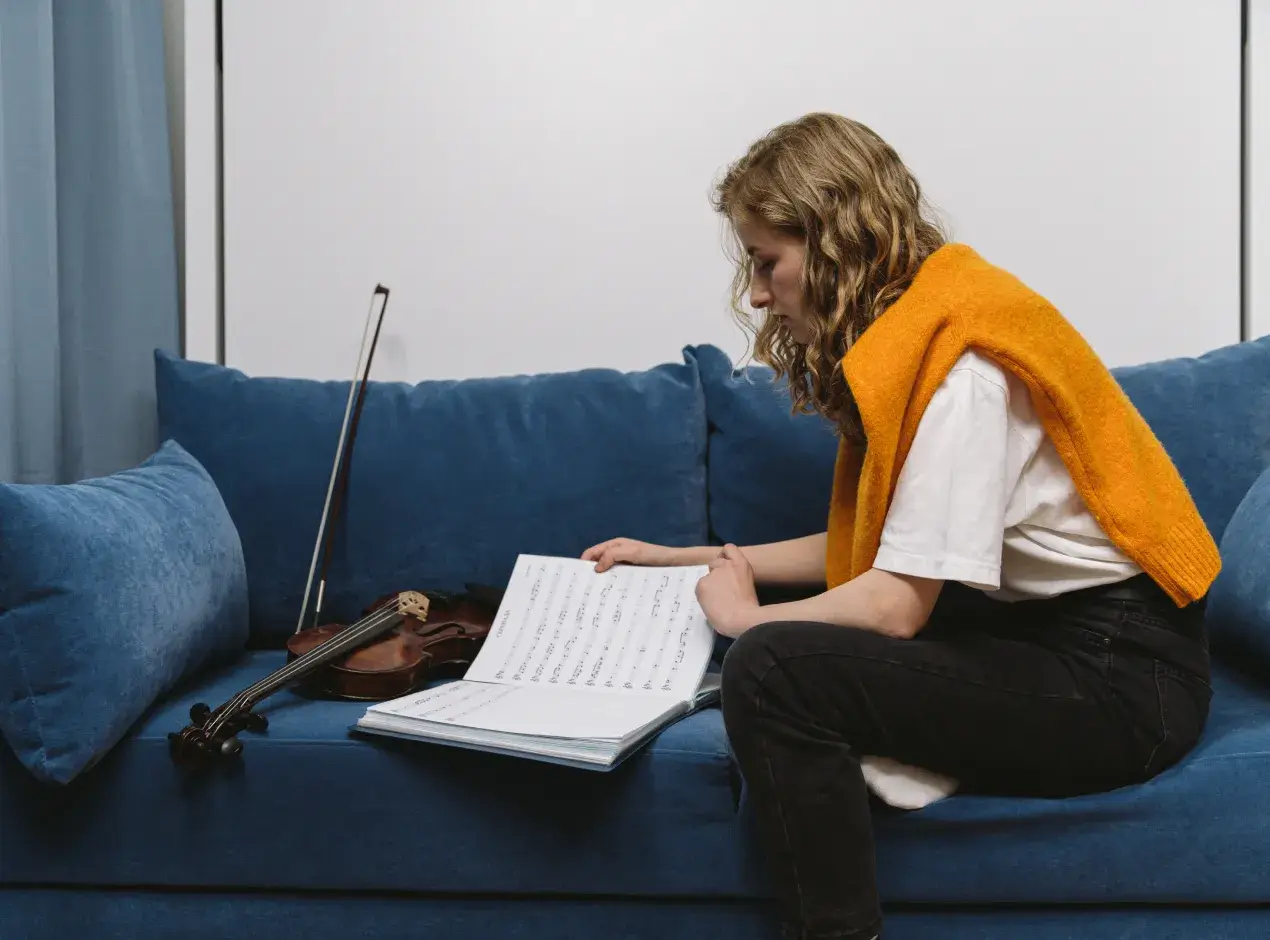
Join a Violin group or an amateur orchestra
Till now you were fretting about - is violin hard to learn? Now, this piece of advice might sound even more overwhelming for a beginner.
And it is understandable. Newbies might feel shy to play in front of professional violinists or even feel embarrassed to make mistakes. However, the rewards of being in a group of violinists are more.
Joining a group of violinists means that you are committed. Your exposure to concerts and other events will be better.
Since you have access to some of the best professionals and practitioners, you can develop a camaraderie with them.
You can pick up nuances by watching them perform and refine your craft in the process.
Joining an orchestra would give you exposure to other musical instruments as well.
Find a good teacher on ipassio for your learning needs
Just like your violin and the bow, finding a good teacher also makes the initial journey a lot more easy for beginners.
But before that, you should consider your learning goals.
Do you want to learn violin just as a creative pastime or do you want to pursue it as a career? Choose your teacher accordingly.
And just like a good teacher, a good learning platform is also significant. Firstly, it is difficult for an absolute beginner to find a good individual teacher.
That’s where an academy or a learning platform like ipassio helps you to create that connection.
Check out our diverse category of online violin lessons that cover all genres of music taught by Grade A acclaimed instructors , here.
Besides, they help you with the study materials, instrument selection and several other things to support a good learning opportunity for you.
Here’s what you could take as parting notes…
It is human to err. And it’s fine as long as we learn from our mistakes. Violin involves your body, mind and all your five senses.
And it takes time to achieve that. This is one musical instrument that you can never learn in a crash course.
It takes years of dedicated practice for at least for a few years to be able to play a piece without making mistakes.
And certainly no less than another couple of years before you can make impressive renditions.
Hence, think a lot before you pick a violin and once you do, commit yourself to it.
The end result of patience and perseverance is extremely rewarding. And it holds true for violins as well.


